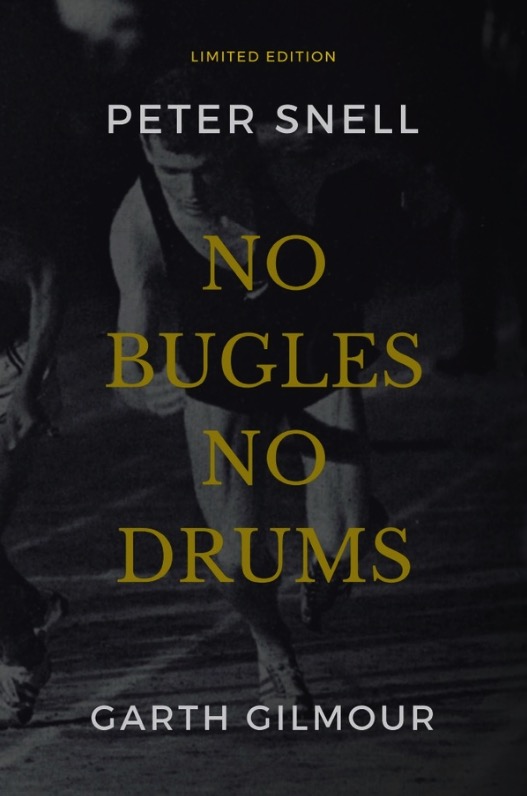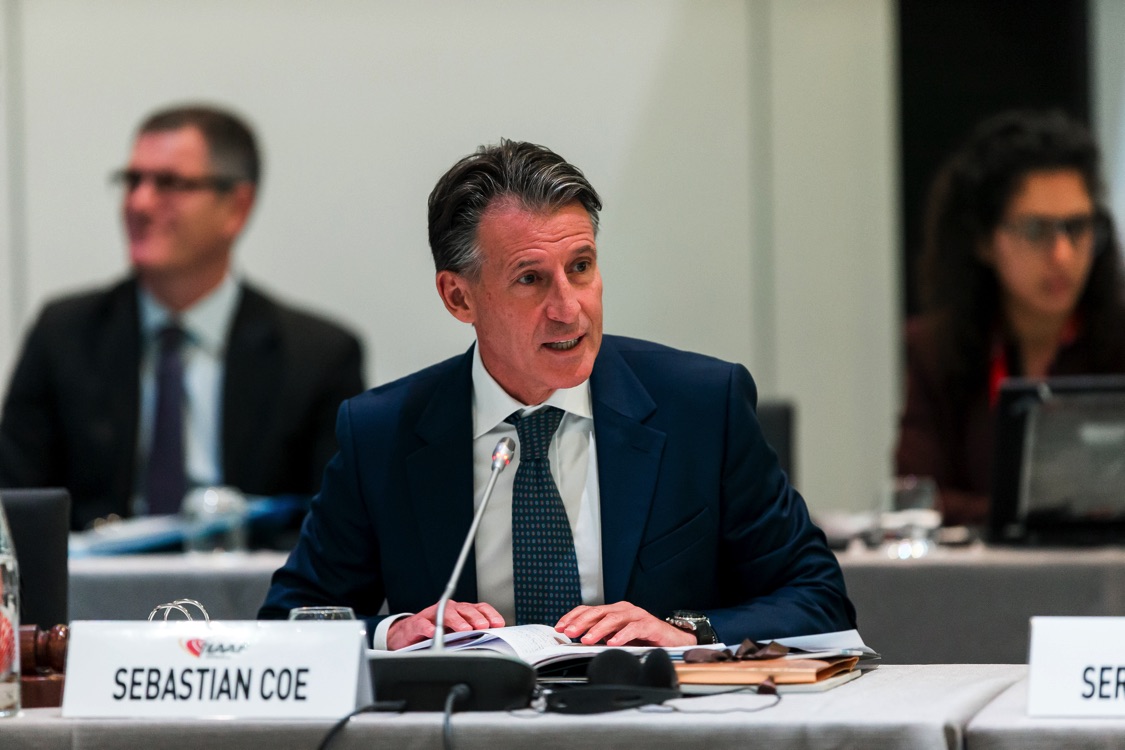By Len Johnson
Change is constant. The art of the change is only ever grasped fleetingly, if at all.

“Change is inevitable,” someone opined recently. “The trick, or really, the art, is to offer content that attracts additional (fans) while retaining the existing ones. Or, at least, not p … ing off the people you already have by killing their favourites and essentially directing them elsewhere.”

The writer was talking about television programming and the challenges facing the Australian Broadcasting Corporation – aka your/our ABC – in trying to attract new eyeballs while not sending the eyeballs of those already watching into a rapid spin cycle.
They could just as easily apply to World Athletics which under the leadership of Sebastian Coe has embarked on a change regime which has all too often seemed ill-defined and all too often been touted to an audience which is self-evidently satisfied with the existing product. Or that part of it, at least, in the shop-front window.


Evolutionary change is what our TV reviewer had in mind. Create a climate for change, clearly state your aims, proceed with modest first steps – all the time taking the public along with you. “Don’t alarm the horses” was how reforming Victorian premier John Cain characterised this approach.
Of course, the cautious approach also has its failures. Witness Closing the Gap, the national program aimed at eliminating the policy outcomes gap between indigenous Australians and the general population. Over the 20-or-so years of the program’s existence, progress has been made on fewer than a handful of its 19 targets.

The sport can’t afford to leave any of these fans behind.
Zooming out to take the broader view, there is no doubt athletics faces some problems (so, too, does every sport). Even a cursory glance at calendars and past editions of our favourite specialist publications illustrates the contractions. The calendar has shrunk, both in number of meetings and the visibility of those meetings. This process has been accelerated, it would seem, by what have otherwise been successful innovations.

The Diamond League is a relative success, for example, but at the cost of an implicit downgrading of every meeting that is non-Diamond League. And while all DL meetings may be equal in theory, they palpably are not in practice.
Nor is this a matter of DL vs non-DL. The same applies to each category of meeting all the way down the scale to National Permit meetings. There’s an explicit ranking order which makes it harder for lower-ranked meetings to attract athletes and sponsors against higher-ranked meetings. There is also significant geographical inequity built into the system. It’s not as easy for Asian, African and Oceanian athletes to access DL and other high-ranking competitions as it is for those in Europe and North America.

All in all, then, it was pleasing to see Sebastian Coe recently take advantage of his year-ending video chat with global media to outline far more clearly than this correspondent has yet noticed (caveat: no longer a full-time professional journalist) his vision and plans for the future. There was a lot more explanation of what needs to change and why, how things change, reassurance that this does not mean cutting of events, what targets will be set and how progress will be measured and reported.
Hopefully this might mean more, and more meaningful, communication between World Athletics and the world athletics community. There have been too many alarmed horses running loose around the place recently.
There was a full report of the Coe video chat in the January edition of Track&Field News. You can find it at:
https://trackandfieldnews.com/article/seb-coe-foresees-changes-now-and-in-the-future/
Non-subscribers are entitled to one free read (I think/hope).

















